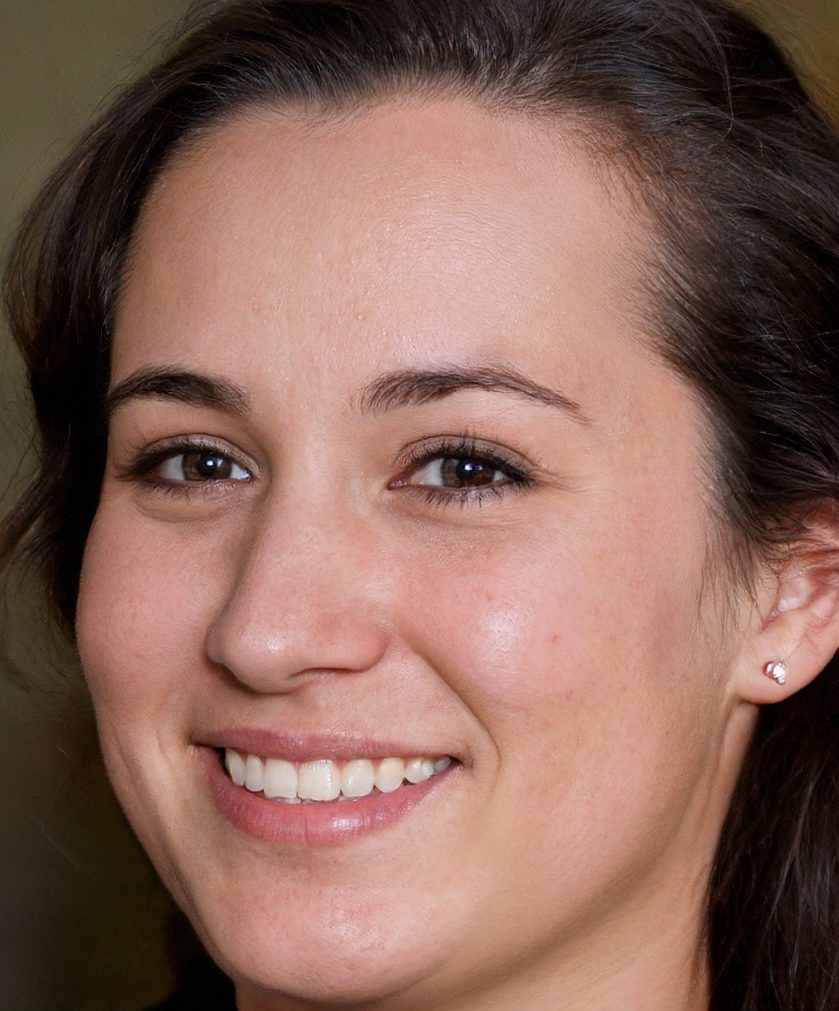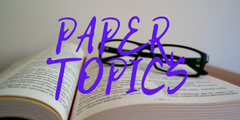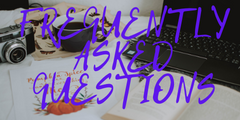Even though the terms “Obasan” and “The Wars”, respectively, refer to animals, the roles they play in both novels are similar. The Japanese-Canadians are demonized in “Obasan” by using animal imagery to compare the oppression and powerlessness they experience from the Canadian government with the treatment that animals receive. Robert Ross, the protagonist of “The Wars”, finds the closest kinship to animals and prefers them over other people. This essay will examine how each text uses animal imagery and demonizations of Japanese-Canadians. I also discuss the role they played in Robert’s morality and identity during wartime.
Naomi, Naomi is the protagonist in “Obasan” as a young child. Naomi remembers her parents placing “cottonbatten-soft-yellow chicks” in a chicken coop, where they look more similar to “yellow puffballs,” than chickens. A white hen tries to kill the chicks immediately after they are put in their cages. The Japanese-Canadians represented the baby chicks in yellow fur. While the yellow skin is typical of East Asians, it represents Canada’s government. The execution of the chicks symbolises the cruelty committed by the government against Japanese-Canadians. In the novel, the chicken is a common animal. Naomi sees a chicken as being yellow, oppressed, weak. To be Japanese, is basically. She was a young girl who recognized that yellow means chicken and rejected her yellowness. (Obasan 217) In order to protect her family from discrimination, she will unconsciously choose to reject her Japanese heritage. Sho and Danny, Japanese-Canadian brothers, are powerless to save a chicken. Naomi refers to the Slocan house, which is a small and disgusting house built by the government for her family. Because of its poor insulation and the numerous flies and mosquitoes that came from nearby cows, Naomi refers to it as a “chicken-coop”. The only place that Naomi and her family can stay warm in winter is near the coal stove. Flies and mosquitoes are seen around the chicken coop, a sign of the horrible conditions Japanese-Canadians live in. It further reinforces Canada’s treatment of Japanese Canadians as farm animals, and demonizes them. Images of Japanese-Canadians treated as subhuman also show instances. They are “despised,” “treated like dogs”, and forced to leave their homes are reminiscent of “ants in an unturned anthill.” (Kogawa. 269)
In “Obasan,” the chickens are seen while Naomi is cognizant of the concept and death. The larger hens kill the baby chicks, as well as the boys. Birds are also linked to death in “The Wars”. Robert is frozen in a trench before being attacked by a German soldier. Poole tells Robert about a man who died while he couldn’t see him. Instead, he only heard the sounds of “feeding and of wings”. Robert is not afraid of birds, and it makes him feel more connected to them.
Robert animals represent morality and his rejection for humanity, which is something that Naomi and Japanese-Canadians did not experience during WW2. Robert’s younger sister Rowena is his inspiration in the rabbits. She represents innocence and love. Rodwell’s sketchbook is a clear example of his affection for animals. Despite the fact that the sketch of Robert was “modified, mutated” –
He was one of the other” (Findley 159). When he’s with animals, he has a greater sense morality. He can’t find these values among his soldiers. He runs for nearly half an hour with the coyote. His first thought is to wonder why it’s not hunting squirrels or rabbits. Robert’s first thought was violence. The coyote is only looking for water (Findley 26). Robert, who has been exposed to the horrors that war brings and is subject to traumatic rape by Canadian soldiers, eventually learns to respect dehumanization. He eventually loses his love for animals when he gives up his body to save horses in a barn fire. His death, together with his horses, is a result of the actions of men.
In “The Wars” and “Obasan,” animals represent two things. Japanese-Canadians consider animals, especially chickens, to be a representation of how Canada sees their community. Robert considers animals part of his identity. He uses them to help him set moral standards. We consider ourselves superior to animals and yet treat our fellow humans with the same cruelty, sometimes worse, as animals. Are we really the kind of creature or beast that we are?




